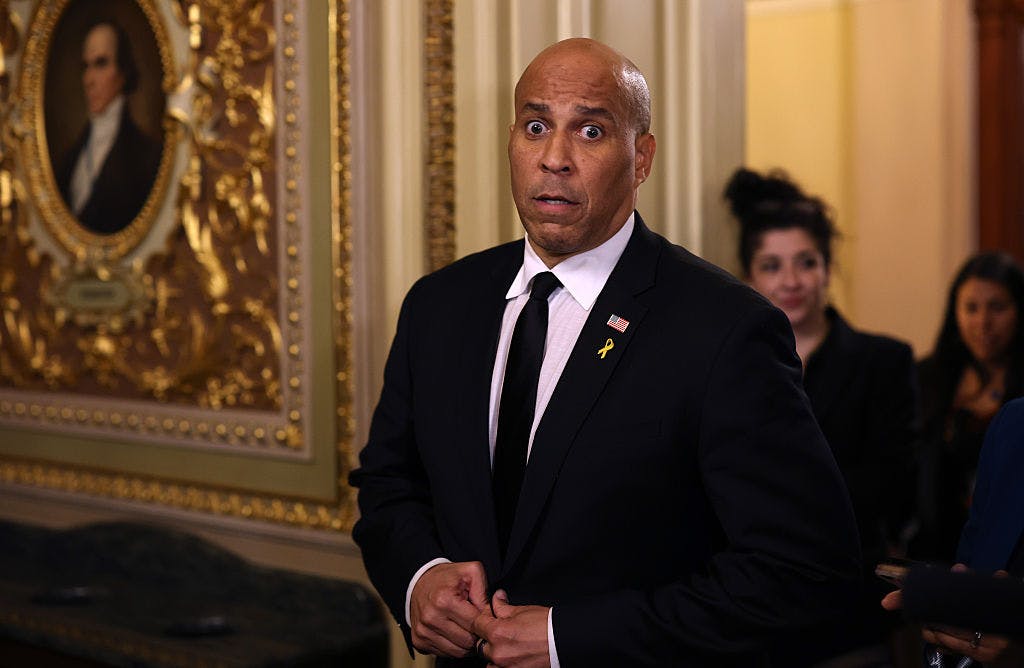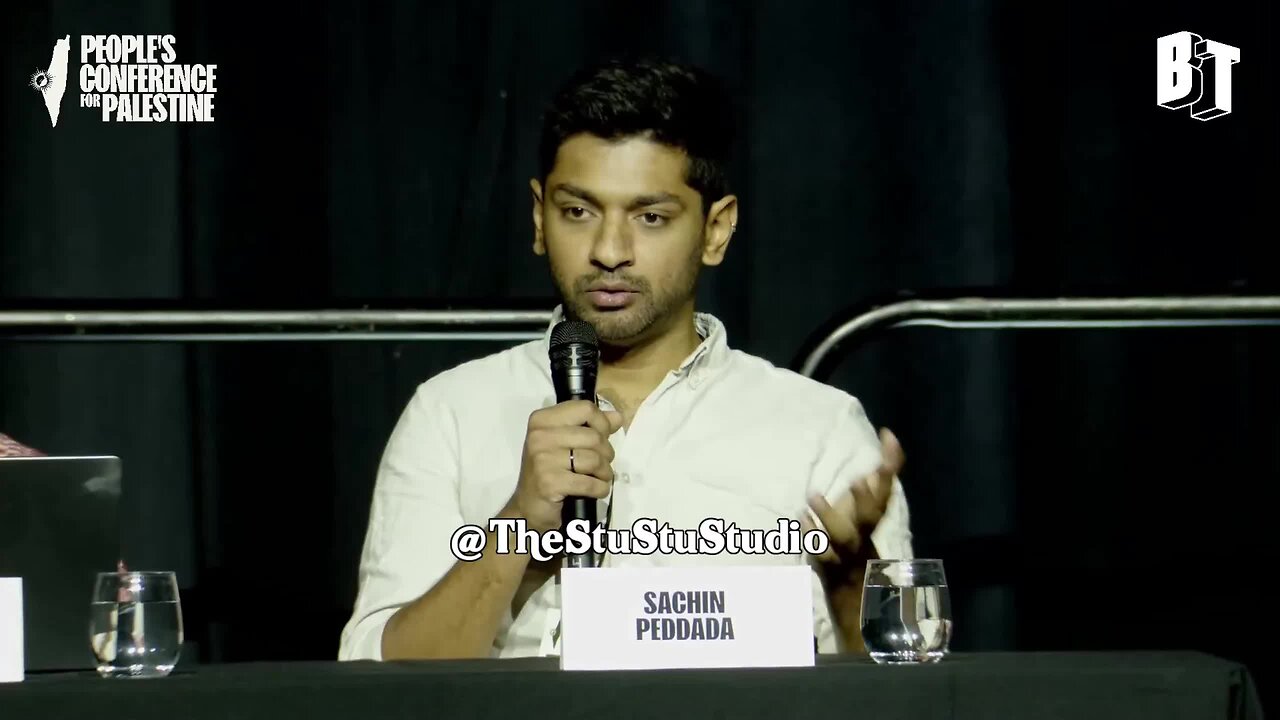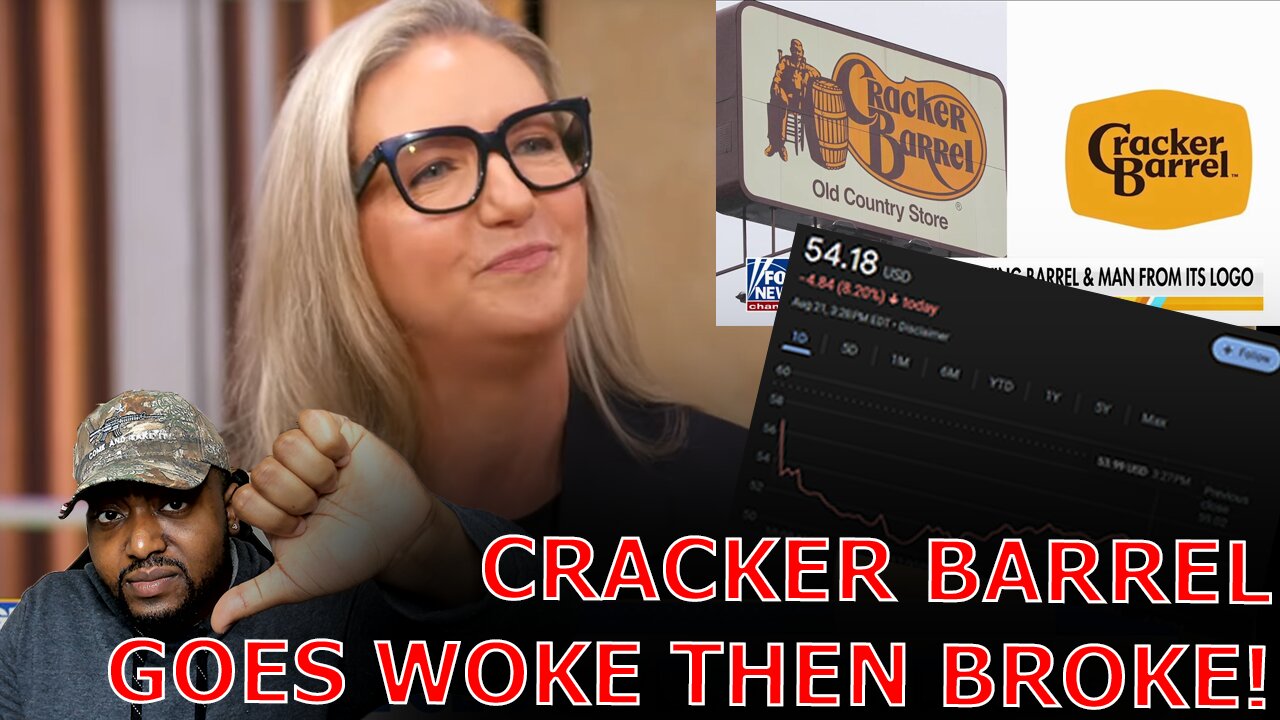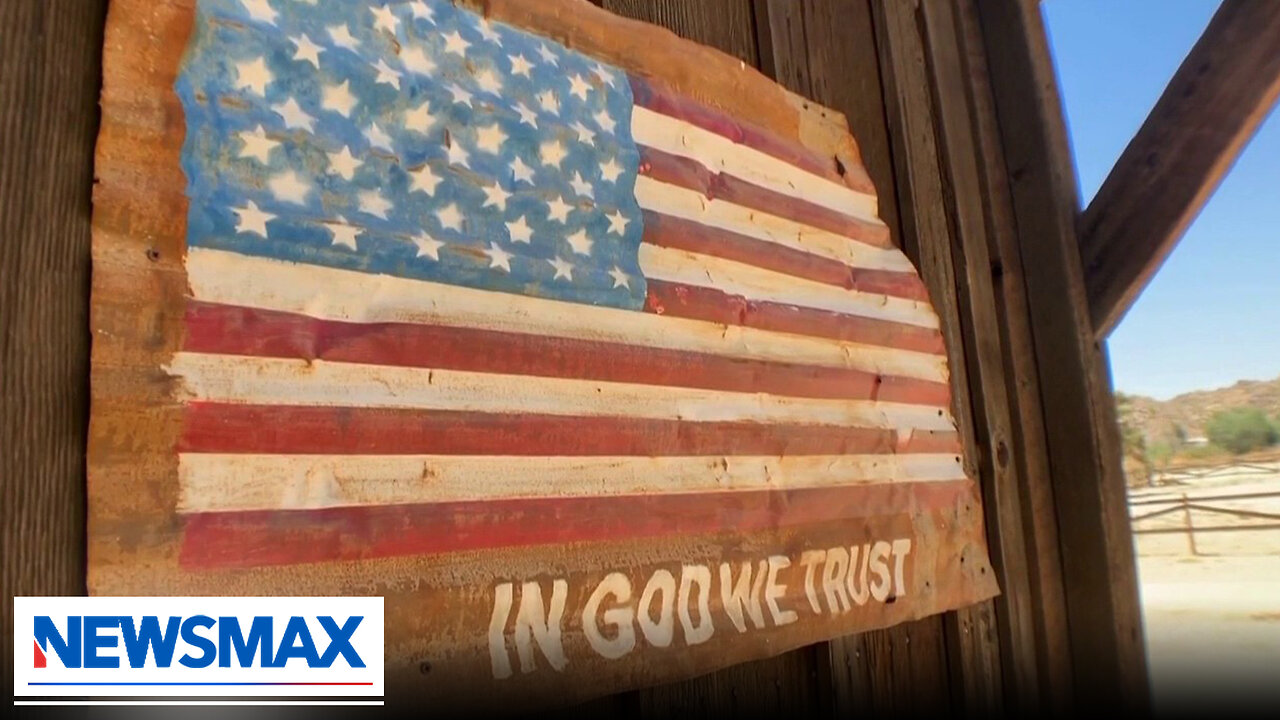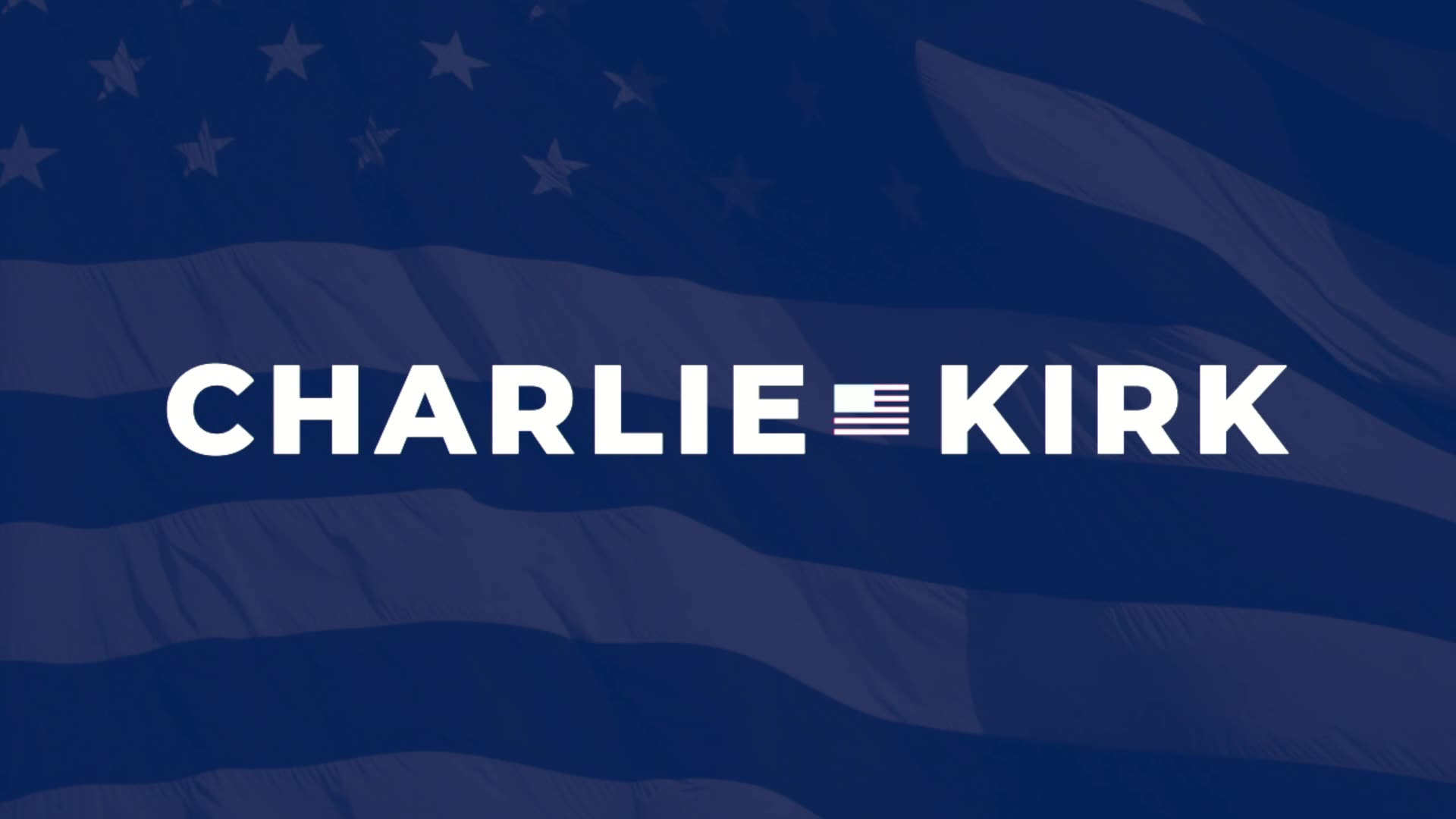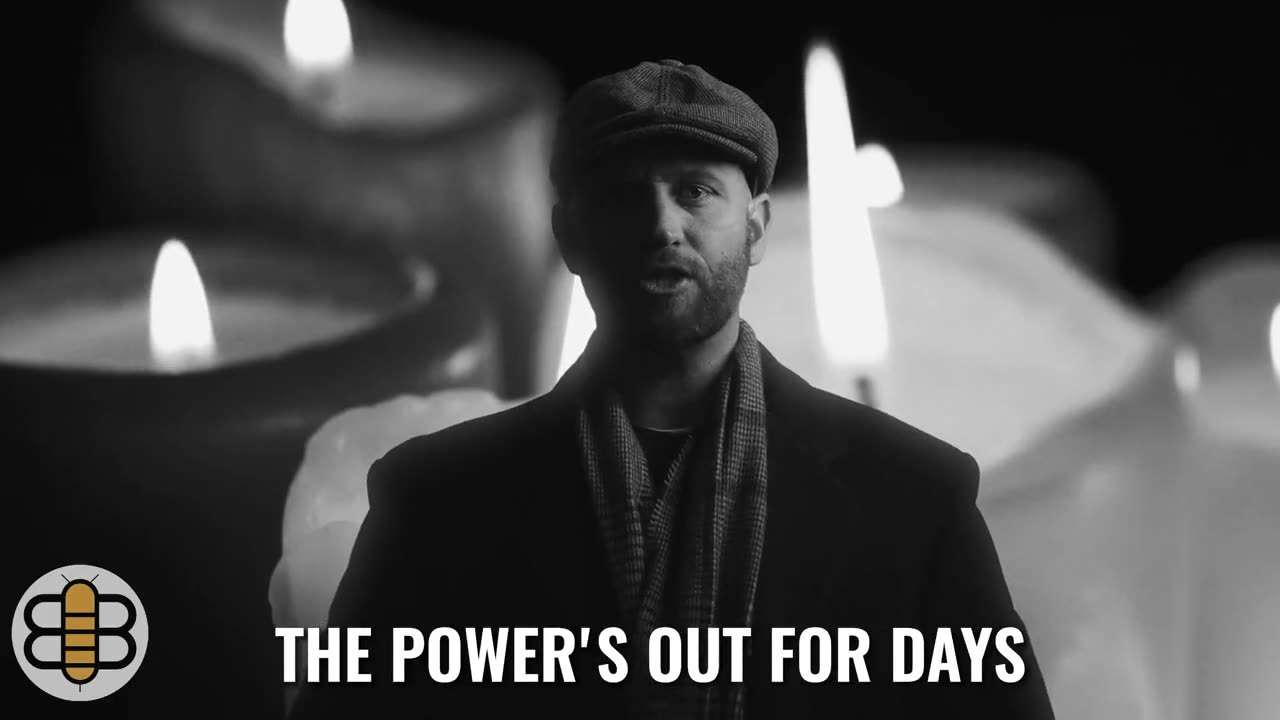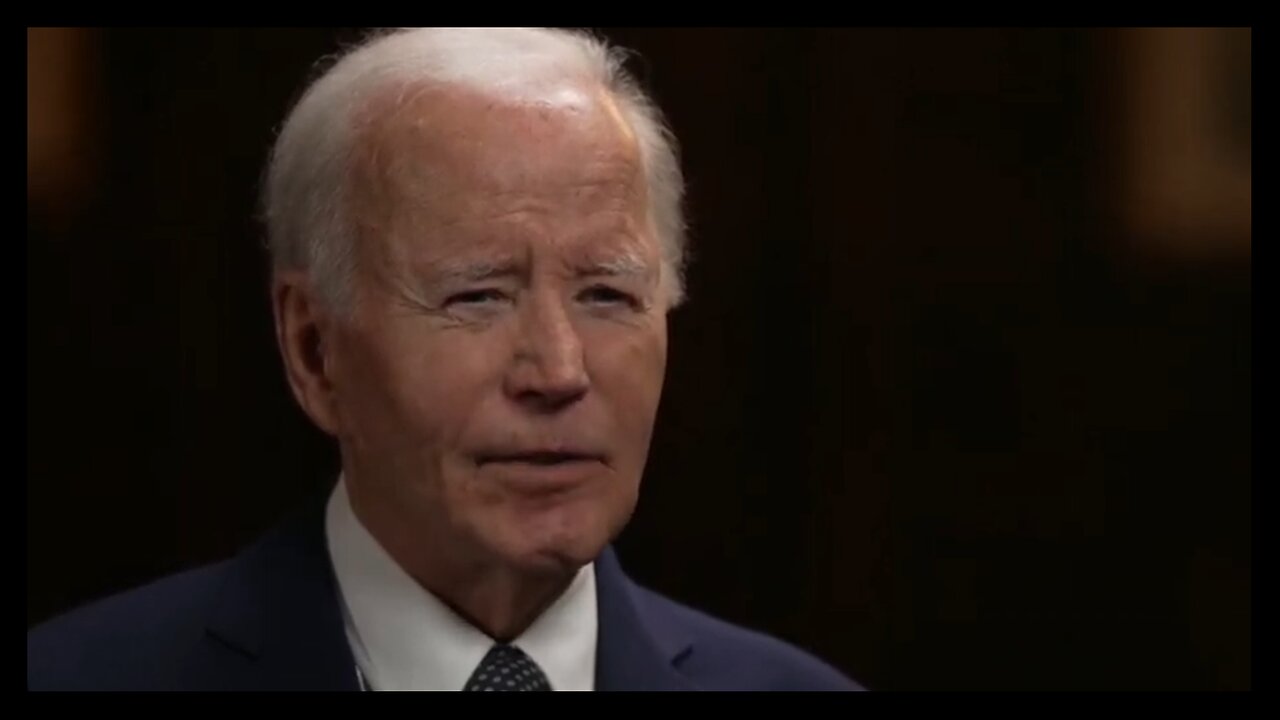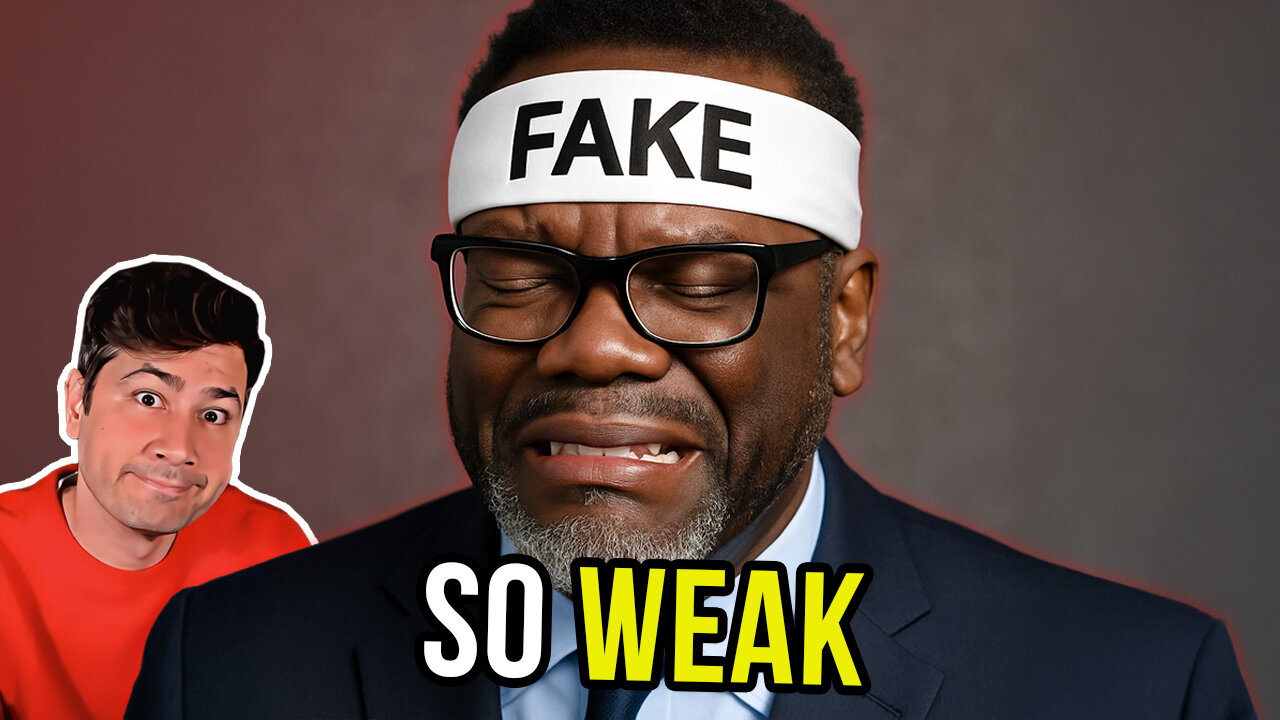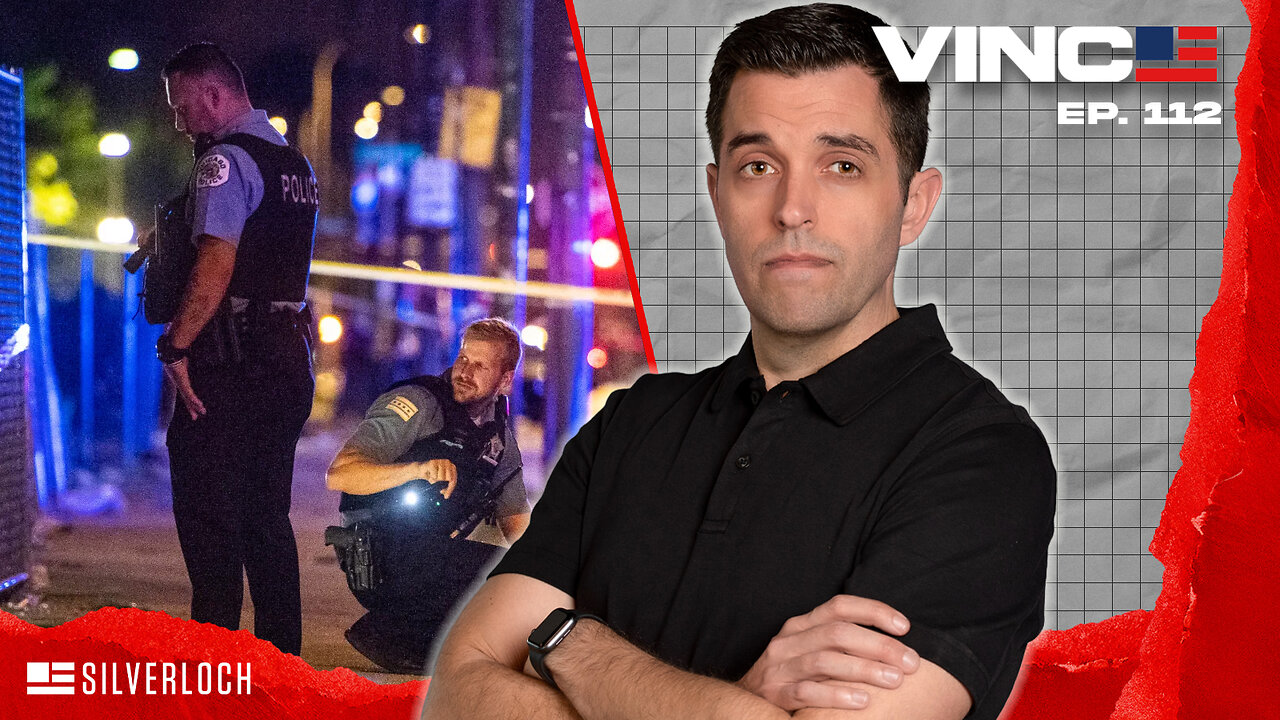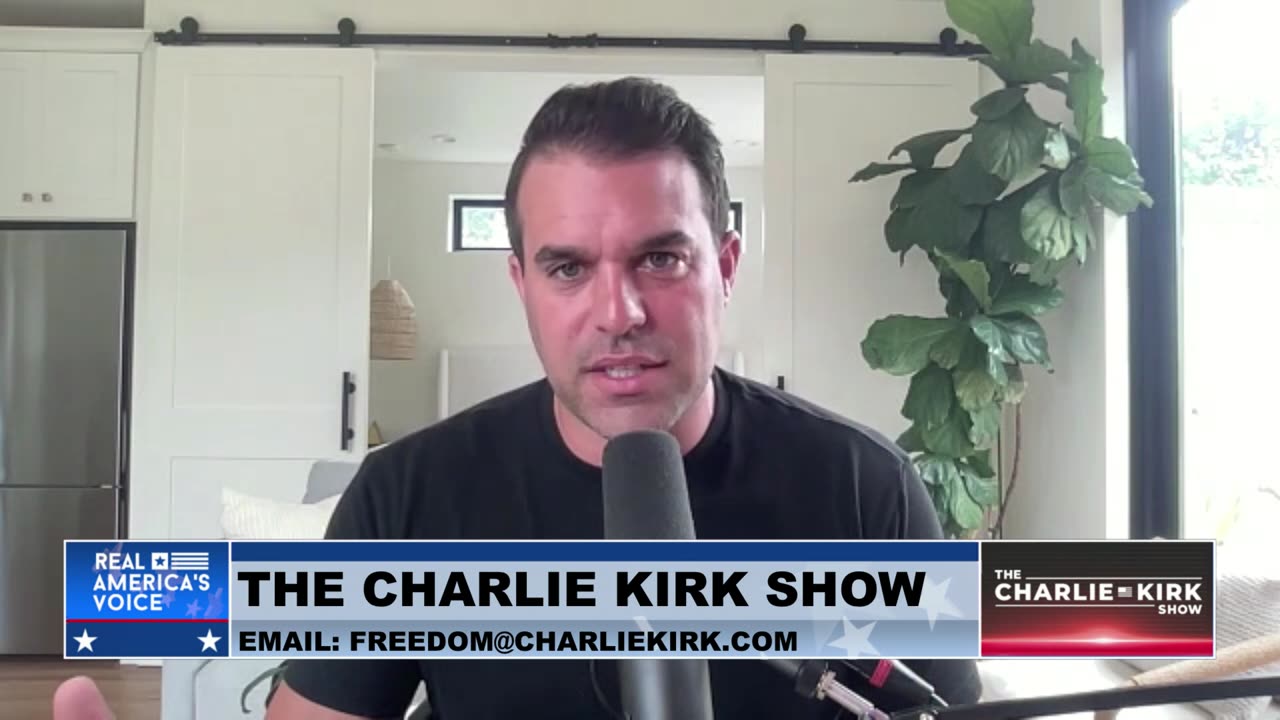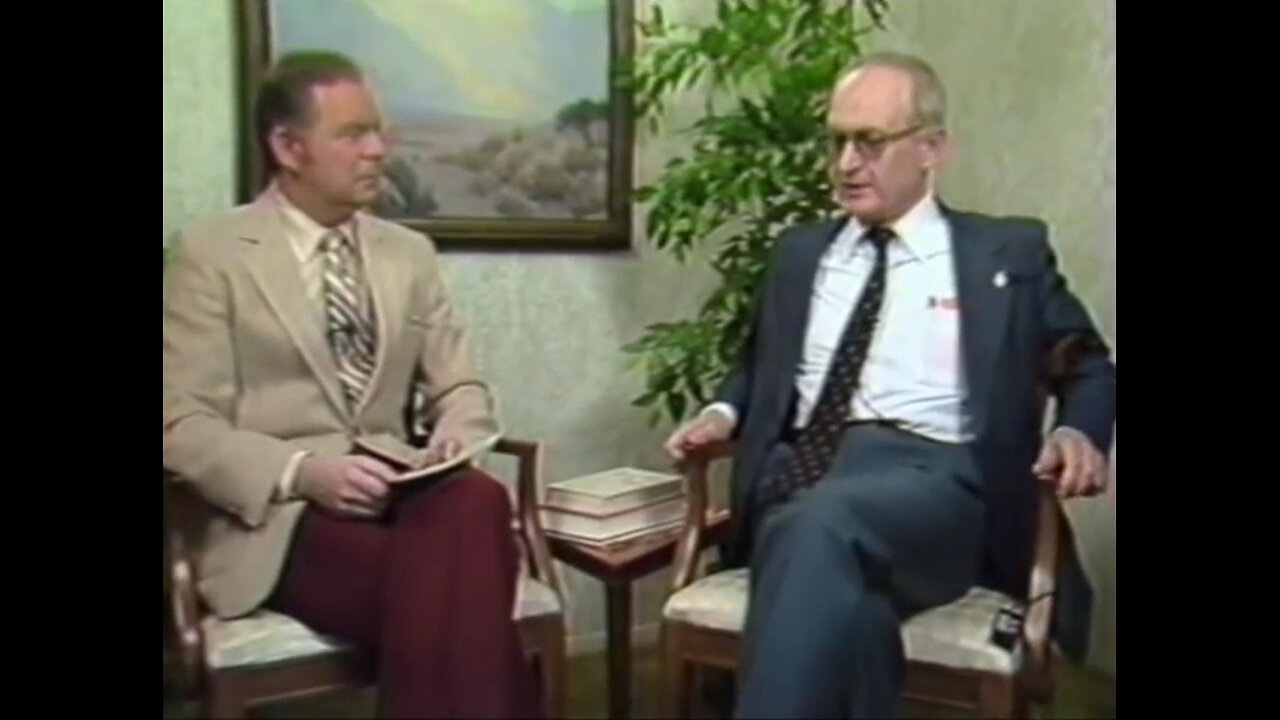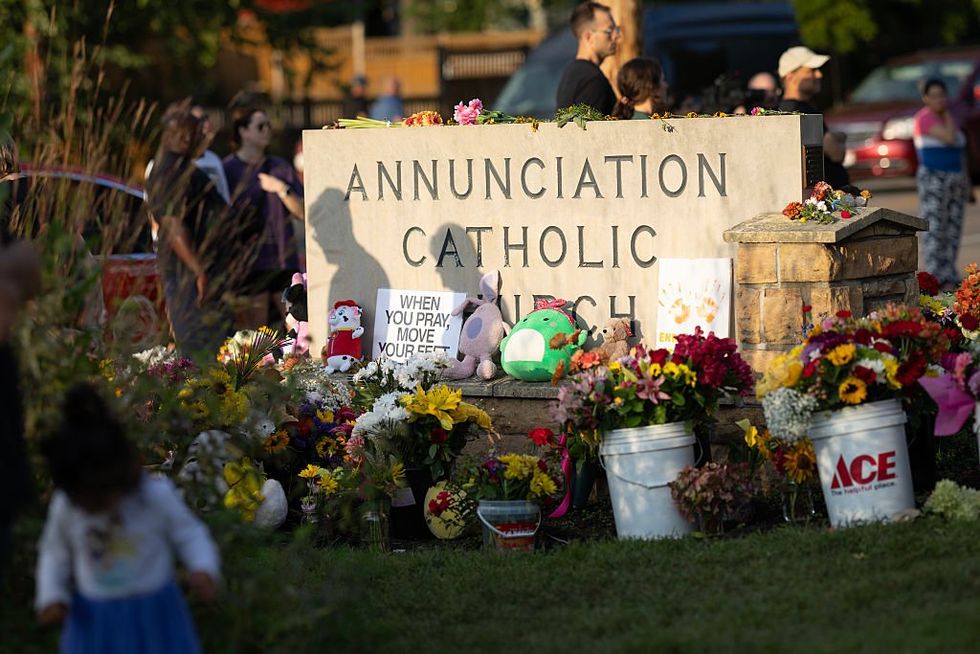'Don't come back to campus': Australian punter Luke Larsen’s insane 6-year NCAA football story
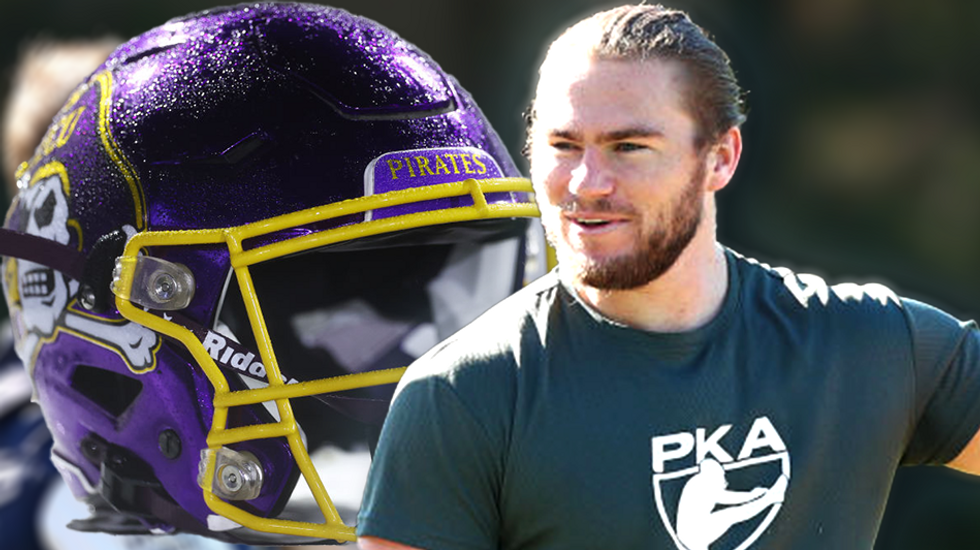

Dozens of kickers and punters have made their way from Australia to acquire an American college education and play in a sport that doesn’t seem to exist in their hemisphere.
For nearly two decades, most have come straight from Australia’s ProKick academy. There, players are not running routes or doing signal calling; they’re working out and kicking balls.
The academy holds assessments in six Australian cities to see if athletes are up to snuff, and if they are, they are welcomed into a training regimen that sees three or four days of kicking combined with six days of fitness and weight training.
Punter Luke Larsen found himself in this exact situation when his friend signaled he was ready to try out for the academy. After some pushing, Larsen let his friend convince him to come along.
“My mate Tom said that I should try and do it. And I was like, 'No. I'm too old. I don't I don't think I can,'” Larsen told Blaze News.
That moment was likely the most unsure of himself Larsen would be for years to come, at least from an outsider’s perspective.
Larsen explained the learning curve: “It’s kind of like going from baseball to golf. You know, trying to swing a baseball bat instead of a golf swing.”
Despite working full-time and commuting to the academy, it took Larsen just a couple of months to perfect that new swing and secure a scholarship with East Carolina University. He would end up staying there for six years, a topic that garnered headlines once he entered the 2025 winter transfer portal.
The low-hanging fruit in the story is that Larsen is actually 32 years old. Starting with ECU at 27, an erased COVID-19 year followed by a season with red-shirt status put Larsen in a unique situation, not just because of his age but because of circumstances behind his stay at the school.
'Don’t come back to campus'
Going from 100 degrees to -10, Larsen transitioned from moving temporary fences to 6 a.m. gym sessions. That, coupled with actual schooling that he hadn’t experienced for more than a decade, and Larsen was knee-deep in a lifestyle that seemed unfathomable from his viewpoint in Australia.
He persisted, though, and adjusted just like anyone else. Once spring break 2020 hit, however, so did COVID.
When he was ready to come back from the break, Larsen received a simple email that said, “Everything's still shut down. Don't come back to campus.”
At this point, he was faced with a decision to go back to Australia or stick around in off-campus housing.
“I'm not gonna say the coach told me not to [go back], but I'm old enough to realize when a coach is telling you not to,” Larsen recalled.
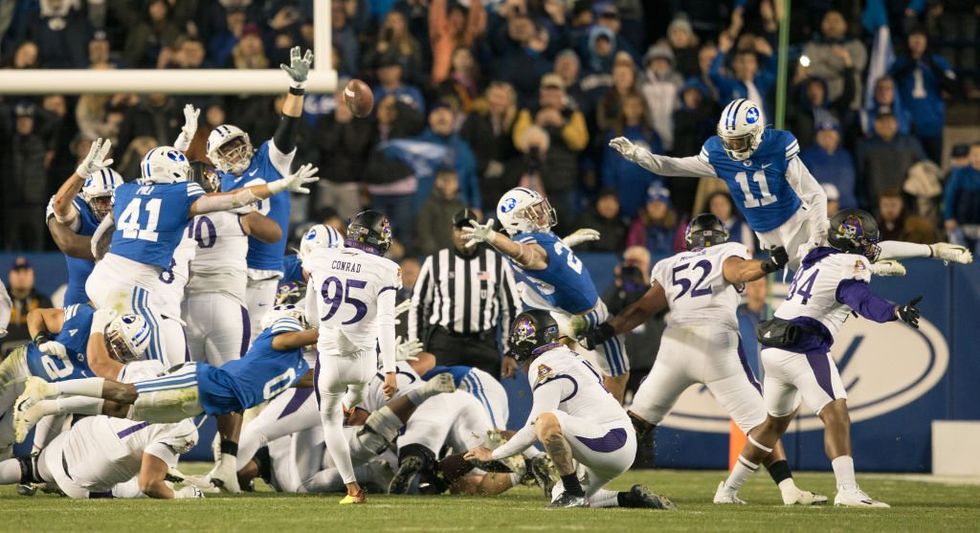 East Carolina Pirates kick the game-winning field goal against the Brigham Young Cougars; Larsen was ECU's holder on the play. Photo by Chris Gardner/ Getty Images
East Carolina Pirates kick the game-winning field goal against the Brigham Young Cougars; Larsen was ECU's holder on the play. Photo by Chris Gardner/ Getty Images
That big decision likely helped the punter become known to teammates as a man with life experience, especially when it came to finances. The older player became a mentor to some of the younger stars, especially as name, image, and likeness deals were authorized in the NCAA during his tenure.
Larsen recalled being approached by a teammate who asked if he should take a $250 offer to sign jerseys at a local business or ask for more money. Larsen said his immediate reaction was to ask the player, “If you went down to the corner with your jersey and said ‘free signings,’ how many people will turn up?”
“Don't ask for more. Just be happy with what you got,” Larsen told his friend.
Larsen’s outlook seemed consistent with his entire approach to NCAA football.
“You shouldn't be getting paid to play,” he said of college athletics. “I don’t think that what it’s designed for.”
This position is directly in line with Larsen’s main reason for coming stateside; he didn’t venture to the U.S. for football, he did it for an education.
“I decided to do this to go to university, to go to college,” he said candidly. “I didn't have what was stopping me in my career previously, I didn't have a degree.”
‘I don’t deserve anything else’
Completely aware of the reality of his goals and the privilege of his position, Larsen decided to move on from ECU after graduating a second time. In fact, Larsen’s second graduation became a point of contention in media reports.
After Larsen was announced as entering the transfer portal, an outlet called Pirate Radio characterized him as simply “leaving the school.”
Larsen didn’t care for the oversimplification and said it made it seem like he was moving on with malice attached.
“I've done a lot of interviews with those guys ... for those guys to turn around and make it sound as though I was ditching the school, I wasn't OK with that.”
While it seemed like a slight deviation from the truth, that characterization overshadowed how selfless Larsen was actually being leaving ECU.
When asked why not stay with ECU as the top punter, Larsen specifically said he didn’t want to take any opportunities away from younger players.
“It's time for these kids to have their shot and that they don't get lost, you know, just in the world of football, world of college and end up transferring and going nowhere or transferring and doing well,” Larsen explained.
“I believe that their home should be here, as well, because this is where they chose to come. And I think that they're good enough to play.”
The idea of playing for another school due to his name or his story didn’t appeal to the punter, either. The Aussie said it wouldn’t be right for him to take a spot away from another player at a different school just to further his name or to provide good publicity for that program.
When asked about the idea that he might deserve more spotlight due to his talents and achievements, Larsen was clear: “I've got everything that I deserved.”
With two degrees, a job opportunity in North Carolina, and a dog, Larsen described his life as the American dream and “pretty incredible.”
“I've got everything that I deserve, and I don't deserve anything else,” he said firmly.
Statistical anomaly
In Larsen’s first year, he played just five games and split reps with another punter. In his second year, he was offered a similar situation so that a senior player could get the majority of the reps.
“Why would I effing do that?!” Larsen said, censoring himself. “I’m a bit older. That was my original reaction. ... I’d rather just red shirt than waste a year splitting reps.”
Larsen’s persistence and confidence flows through his personality, something that was evident in his recollection of his precise stats-spanning career.
For the next four years, Larsen’s stats were simply unbeatable. He became second all-time in net putting for ECU with 174 career punts for 7,099 yards. He averaged 40.8 yards per punt with 19 punts over 50 yards, all numbers he can recite off the top of his head.
He also rattled off advanced statistics, mostly invented by himself, which no one, including scouts, has seemingly considered: a fair-catch percentage of 43%, 81% non-returnable punts, and just six returns greater than 10 yards in his whole career.
'That can completely destroy a kid.'
According to Larsen, there are about 70 of his fellow countrymen in the NCAA this year, a number that has fluctuated for the last decade.
What sets the Aussies apart is that they know the level of talent that is expected of them as soon as they arrive. Shockingly, the realities of college football are new to a lot of freshman when they step foot on campus from a U.S. pipeline.
“If you come out of high school and you go into a game and your kick is blocked, and a coach turns around and puts someone else in, that can completely destroy a kid,” Larsen revealed.
He added, “Kids deserve the opportunity to make a mistake. And with the way the college football is now, there is no room for that. So I just don't want a kid to lose a spot when he's good enough.”
Another unexpected reality is the sheer amount of competition at a position like punter or kicker. Larsen said that over his five seasons at ECU, there were 10 punters, but only two of them played. While it may seem like there’s room for a baker’s dozen at these positions, including long-snappers, Larsen wants young players to know that this is not a realistic expectation.
“It's probably going to be two in each position,” he claimed.
New kickers are also expected to punt, kick, hold, and long-snap as soon as they get to the school, Larsen said, with troublingly few players aware of that.
These lessons, along with the advanced stats, Larsen has tinkered with as a possible business model.
Speaking outside of his planned foray into shipping management, Larsen perked up at the idea of starting his own academy and implementing his own advanced program.
“Larsenalytics,” he jokingly suggested as a name.
Explaining how most scouts and coaches only care about a punt’s hang-time or net yardage, still in 2025 no one seems to be interested in advanced analytics.
For example, how returnable kicks are, how the offense reacts on a subsequent drive, or positioning in relation to fooling the defense with a formation. None of these thoughts are on the radar of most coaching staffs, Larsen noted.
While FAU’s punting model is a start, when asked if these obvious intricacies in kicking ever make it into the film room, Larsen said, “It rarely comes up.”
Whether it’s at a dock or on a field teaching young kids what to expect at the next level, it is clear that Larsen will be doing so in a selfless manner. His confidence and his demeanor are typically unique to those who are at the top of their field, which leads one to believe that he could make a name for himself at the pro level ... if he wanted to.
Originally Published at Daily Wire, Daily Signal, or The Blaze
What's Your Reaction?
 Like
0
Like
0
 Dislike
0
Dislike
0
 Love
0
Love
0
 Funny
0
Funny
0
 Angry
0
Angry
0
 Sad
0
Sad
0
 Wow
0
Wow
0


